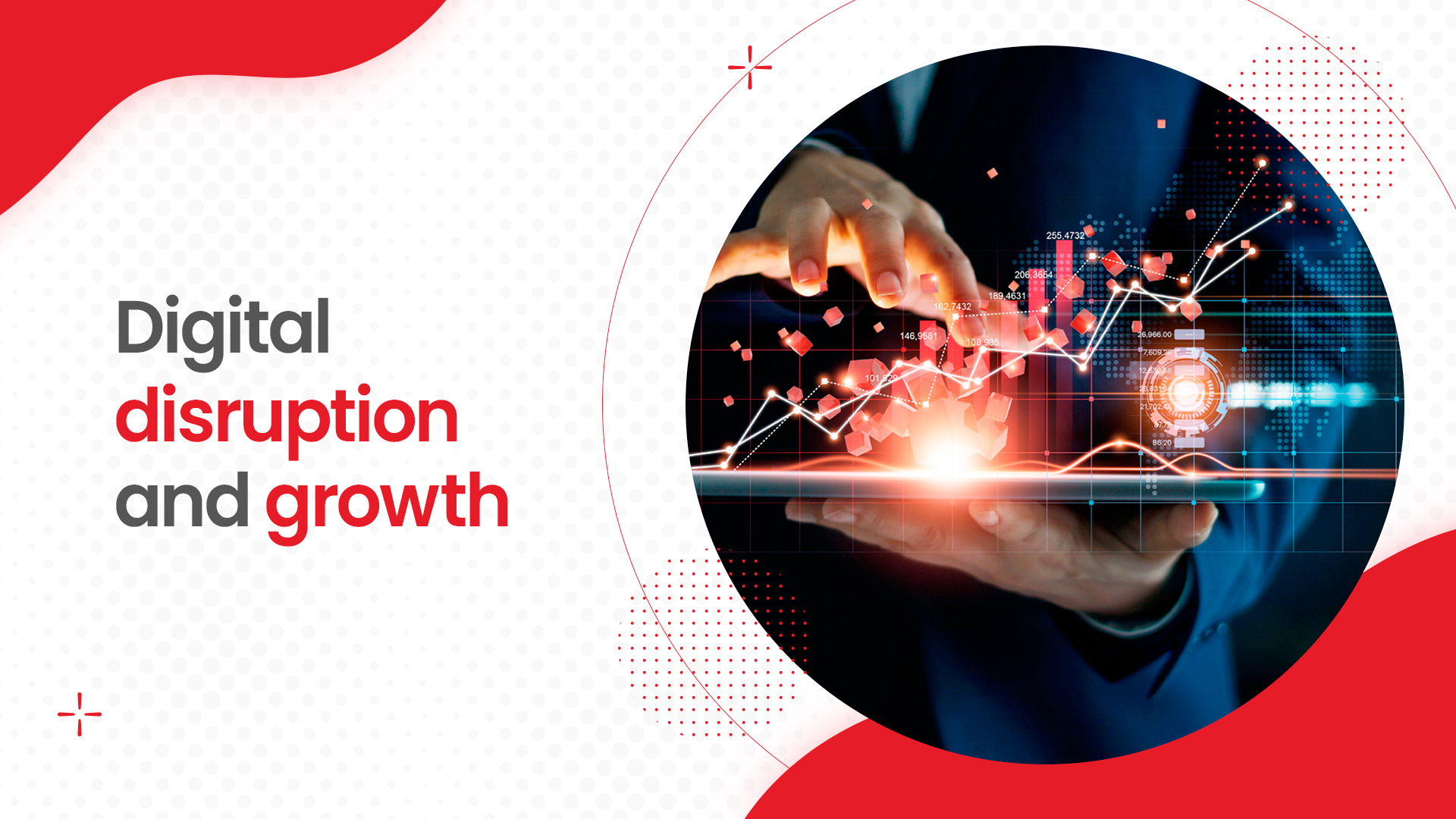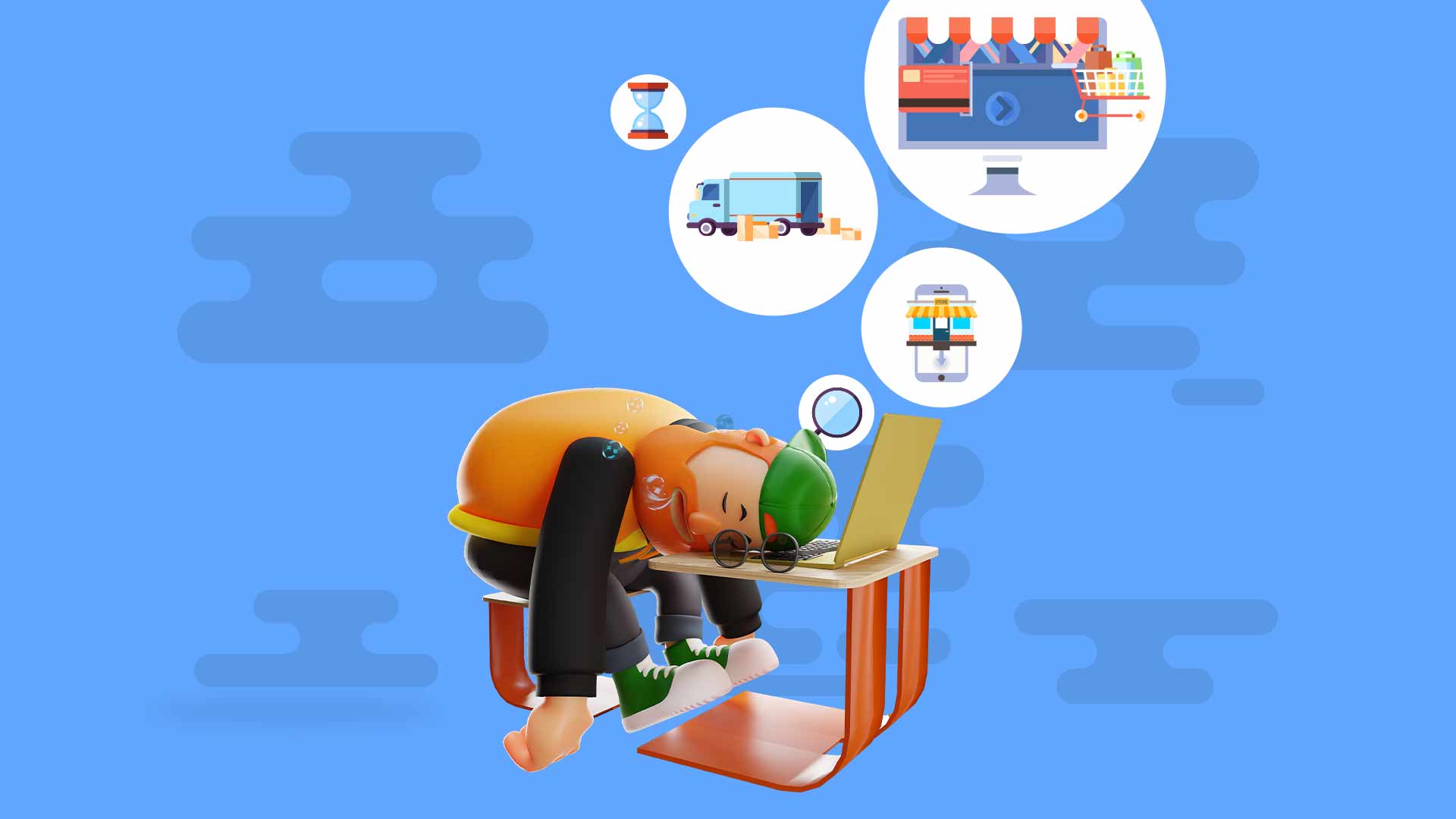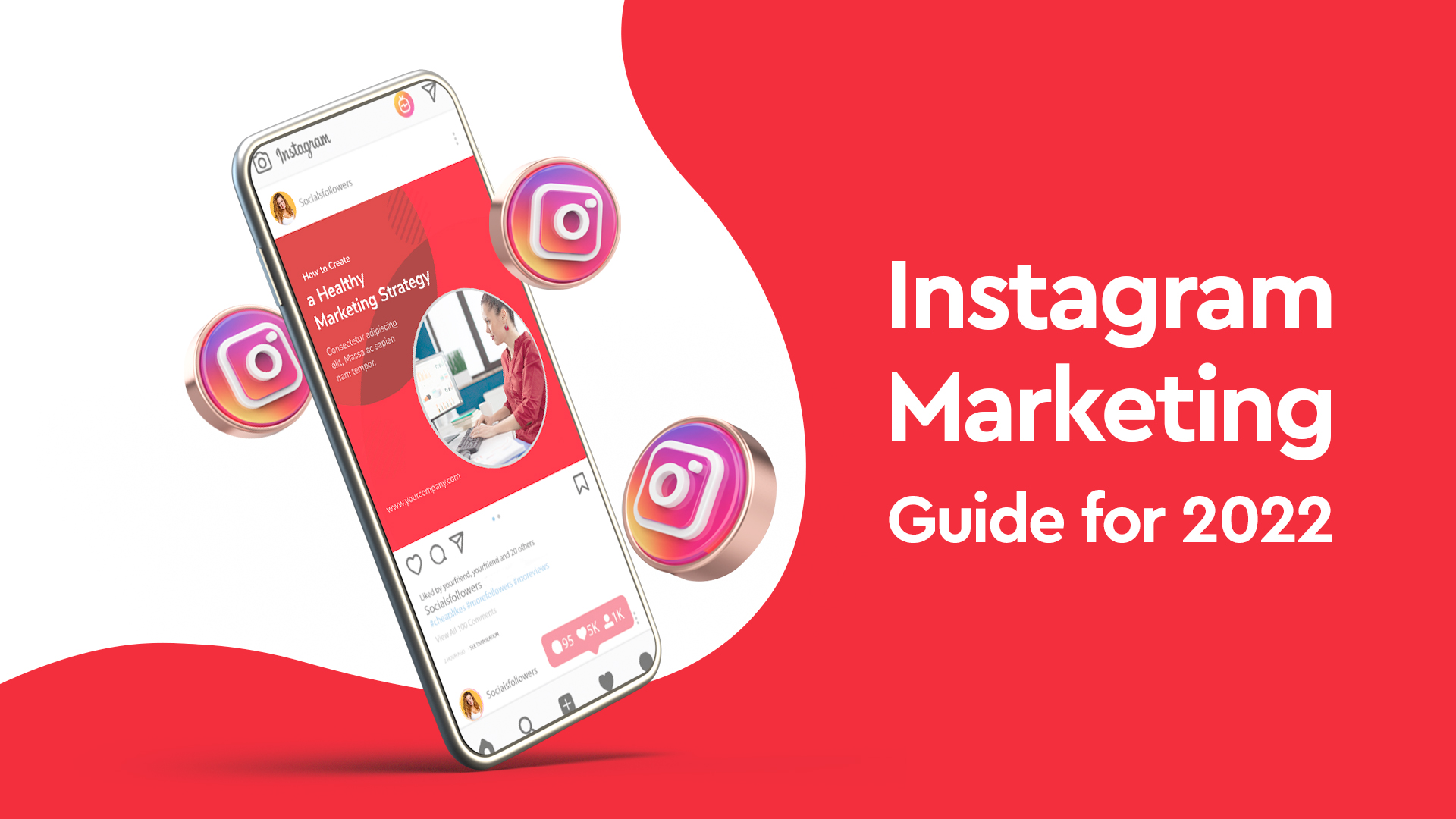Digital Disruption And Growth
Most people misinterpret the term ‘disruption’ to be a negative one. However, the paradigm shift caused by digital ‘disruption’ has opened up new opportunities for growth and development. Significant technology advancement is gradually transforming the way we live, work and interact with each other which leads to a disruption in the status quo. Companies that are resistant to change and experimentation are at a loss as the customers of today expect a seamless customer experience which is impossible without the help of technology.
What is Digital Disruption?
Digital disruption is the transformation brought about by emerging technology trends. These innovative new technologies can have an impact on the value of existing products and services. New developments in technology have opened up new opportunities to stay relevant, capture new market share and expand their market. Businesses that are trying to make it big need to take full advantage of digital disruption. This can provide them with competitive advantage in the market and boost their success rate.
Elements of Digital Disruption
Digital disruption can be broken down into four distinct elements, each with the potential to revolutionize how firms operate.
Why is Digital Disruption Important?
Digitization of processes
Change is a crucial aspect that determines digital disruption. It’s all about redefining and modifying things in order to re-evaluate the prevailing industry standards. Digital disruption causes changes in the way business processes are carried out helping brands to equip themselves with the right technology. Both the internal and external business processes can become more complex when a company starts to grow. In order to maintain holistic progress, digitization of business processes will help your organization be more efficient, cost effective, productive and customer friendly.
Informed Decision Making
Digital disruption also led to the usage of business intelligence and big data analytics in decision making. Businesses can now collect, store and analyze data to understand the metrics better. This helps leaders and decision makers to make informed decisions based on reliable data and information. Risk management can also be effectively carried out with advanced analytics. Since business decisions have far-reaching consequences, digital disruption allows for better and enhanced decision-making, which helps the company develop, evolve, and stay relevant.
Innovation and growth
Digital disruption drives innovation in a company by helping them to exceed outdated standards and reach new heights in terms of product and service. Consumer demands have rapidly evolved in the last few years. With the rise of technological advent, consumers expect a seamless customer experience. Digital disruption spurs businesses to rise to today’s challenges with agile techstack and incorporating the latest trends much faster. It helps brands to serve their audiences better in terms of product/service quality and improve overall efficiency, productivity and profitability.

Examples of Digital Disruption
1. Video streaming platforms
Netflix has gradually become the market leader of video streaming platforms worldwide, closely followed by Amazon Prime and Disney+ Hotstar. Traditional broadcasting and cable services have been turned on their heads by on-demand viewing. Not only are traditional carriers jumping on board the video stream train, but a slew of alternative online television providers, such as Hulu and Zee5, have also emerged.
2. Smartphones
Smartphones have been the biggest disruptors that shook the mobile technology ecosystem. A few years ago, what was considered luxury has now become a necessity. Smartphones have killed the existence of landline phones with it’s high efficiency, usability, mobility and other unique advantages.
3. Reference Sites
Does anyone still buy encyclopedias in bound sets? Why would anyone want to spend $1000 on bulky books that would be obsolete in five years when you can acquire current information cheaper and faster by going to Wikipedia or other online reference sites? With a smartphone and access to data, you can acquire required information while on-the-go within seconds.
4. Ride sharing
While cabs will always be needed, businesses like Udrive, Careem, and Uber have thrown the taxi sector into disarray. These services are less expensive, more convenient, and do not need the exchange of money (online mode of payment available).
What Happens If You Ignore Digital Disruption?
A good example of digital disruption’s inevitability is Kodak. Kodak, a pioneer in the mainstream photography market, enjoyed undisputed dominance for several years. However, it gradually lost relevance due to its inability to recognise and meet the needs of a changing market. Brands like Nikon, Sony and Canon swooped in and took advantage of the situation while Kodak suffered losses and declared bankruptcy.
It is important for brands to plan ahead and stay relevant in the market. Turning a blind eye or ignoring the digital disruption can be fatal for the success of a business. Embracing the change can ensure that you have a competitive edge in the market and open up new avenues for growth. Stay ahead of the curve with us by your side at every step of your digital success. Click here to know more about how we can help future-proof your business.
924 total views
There are no comments





